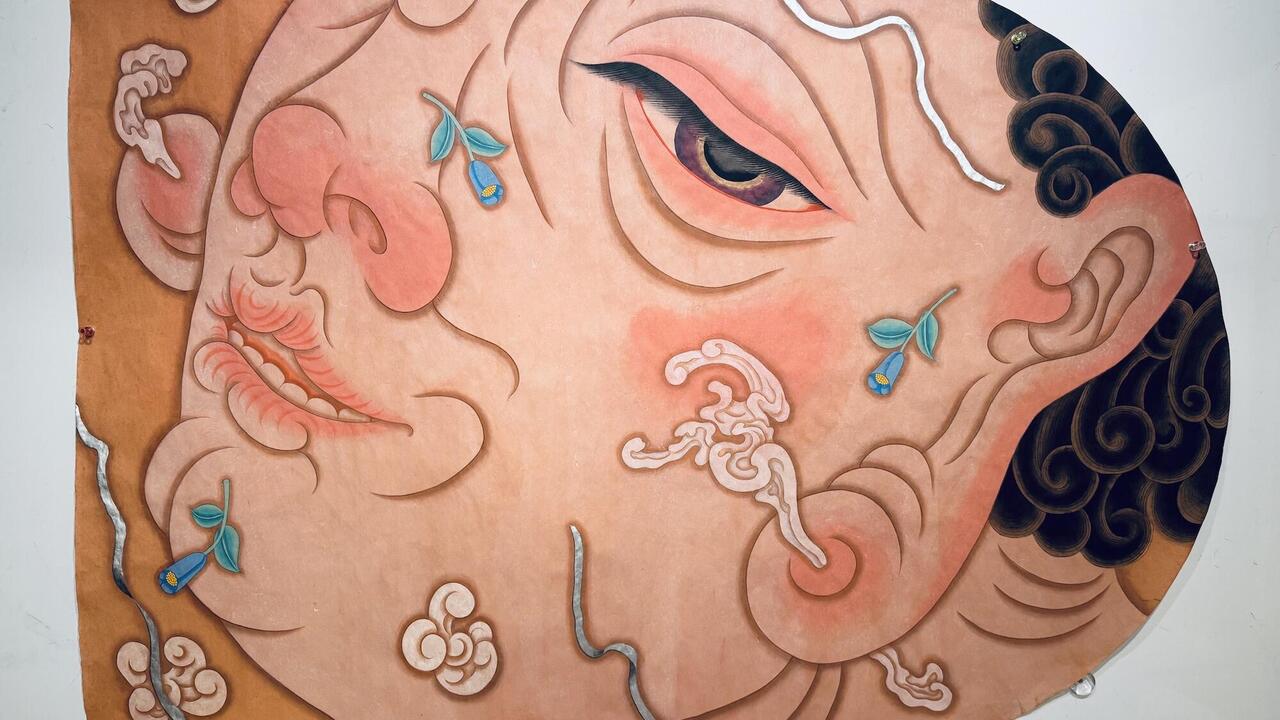Doing Things with Images
Is the image’s future more important than its past?
Is the image’s future more important than its past?
These days, an image seldom stands alone. As a glance at any website will confirm, images are woven into a textual setting – be it a YouTube clip, a news story, a posting on Facebook, a product view in an online shop or a click-on button. Since images are always surrounded by additional information, links and exhortations, image and text have fused in a near-inextricable symbiosis – a phenomenon Hal Foster astutely describes in this issue. In addition to the underlying technical shift – images in the digital age are literally written and read in algorithms – there has been a change in the way text and image appear on the Internet. That also means a change in the status of the image itself, which ceases to be a likeness and starts to become an action.
The rupture between the world and the image is not only a result of the transition from analogue to digital media. Long before computers, images could be manipulated. And long before entering the hybrid realm of the digital, they fulfilled the role of actors – be it in media reports, political discourse or advertising. But one crucial thing has changed: In the regime of analogue image production, images were related to their equivalent in a ‘reality’ that lay behind them in the past. In short, an image was primarily a likeness. Images may have been ‘larger than life’, they may have exaggerated or even deceived, but they always functioned ‘from front to back’: back towards an origin. Whatever role the image played, the dialectic between the picture in front and the world behind it was still in effect.
Today, images almost only function ‘from back to front’: moving towards the future. The shift in direction is a result of the fusion of production and distribution, as the gap between the creation of an image and its dissemination now tends towards zero. Since there are pictures of everything and everyone, the real question is: Where is this picture going next? And when? What will happen to it and what impact will it have on those who see it? Most images on the Internet appeal directly for action. They want to be clicked on, to be posted on Facebook or retweeted; they want us to comment on them, share them, diggit, reddit, rate them and pass them on in other ways. It is tempting to claim that an image exists once it is has been not only created but also uploaded and above all shared – an image exists once we have accepted its request to click and be linked. And the image’s fusion with text arises for precisely this reason – so that the image can be tagged and found, attached to emails, embedded in web pages and profiles.
Now, if not earlier, images have become almost pure actions – thus laying claim to a form and degree of agency previously enjoyed mainly by language. Consider J. L. Austin’s classic formulation of speech act theory: One never just says something; an utterance can also become an action (‘doing something by saying something’). There might be an analogous image act theory: One can speak of ‘saying something by showing something.’ Or better still: ‘doing something by showing something.’ Successful microblogging platforms like Tumblr – with their reduced linking functions for picture sharing – are media tools tailored to such a logic. Like Facebook, but more efficient, Tumblr wants people to define themselves by what they pass on (or ‘reblog’), along the lines of ‘look at this and tell your friends’.
Of course, such a logic is at odds with copyright. People who protested the plans for anti-piracy legislation – the American SOPA (Stop Online Piracy Act) and the international ACTA (Anti-Counterfeiting Trade Agreement) – may be expressing their belief that linking, posting and reblogging online content has long become a fundamental right. The protests may be not so much about the desire to have everything for free online but rather the need to follow the prevalent logic of online communication. The protesters have been shaped as subjects by the Internet and its forms of address. Finally, the new kind of ‘image-text actions’ to which Internet users respond, day in day out, are no longer selling a product. Instead, ‘image-text actions’ generate increasing value by being clicked on and disseminated. Perhaps what we are seeing is not so much a community of ‘net-izens’ protesting against a global network of companies but rather an old brand of capitalism being challenged by a new one.
Translated by Nicholas Grindell














